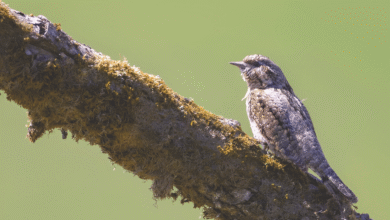
Enucleation in Dogs
If enucleation surgery is going to be done in dogs, you may have many questions. Today, our Madison vets can tell you what enucleation surgery is and how it will affect your dog.
What is Enucleation?
Enucleation is when an eye and its parts, like the eyelids, are surgically removed. The surgery is done to stop pain or the spread of disease, like when an eye is irreversibly damaged, has cancer or has glaucoma that doesn’t respond to treatment.
When all other treatments to save the dog’s eye have failed, enucleation is often the last option. The procedure is done with full general anesthesia, and even though it is a major operation, there is every chance that it will go well. This is not a procedure that requires a specialist, and most vets do it all the time.
Read More: Heatstroke in Dogs
Enucleation Surgery in Dogs
At Madison, enucleation is never done on a whim, and our vet only suggests it when all other treatments have been tried.
Your dog will need to be put under general anesthesia for enucleation, and he or she may need to stay in the hospital overnight after the surgery. During surgery, fluids may need to be given through an IV to older dogs so that kidney problems don’t happen and their blood pressure and hydration are kept up.
Several things happen before and during surgery, such as:
- Preparing the patient by withholding food overnight before the operation
- A pre-op check, possibly including screening blood tests
- A premedication injection and pain relief to prepare the dog for the anesthetic
- The dog may be put on intravenous fluids at this point
- The anesthetic is administered through your dog’s front leg
- Hair is carefully clipped from around the eye and face
- The skin is made sterile with surgical scrub
- The surgeon scrubs up and then sutures the eyelids of the affected eye together
- The surgeon removes the eye by careful dissection, and any bleeding vessels clamped and tied off
- Skin is sutured over the empty socket
The dog wakes from the anesthetic and must wear a cone to protect the surgical site
After the surgery, your dog will go home with painkillers and maybe antibiotics. In two to three days, he or she will need to be checked again. The stitches will need to be taken out of your dog about two weeks after the surgery.
Enucleation Recovery in Dogs
Rarely, there are problems, such as bleeding or the wound breaking down. If the bleeding is bad, our vets at Best Friends Animal Hospital may need to do another surgery right away. But the vast majority of people get better without any problems.
Once the stitches are taken out, there is no more care that needs to be done, and the patient can go home.
A cone must be worn by the dog until the stitches are taken out.








2 Comments